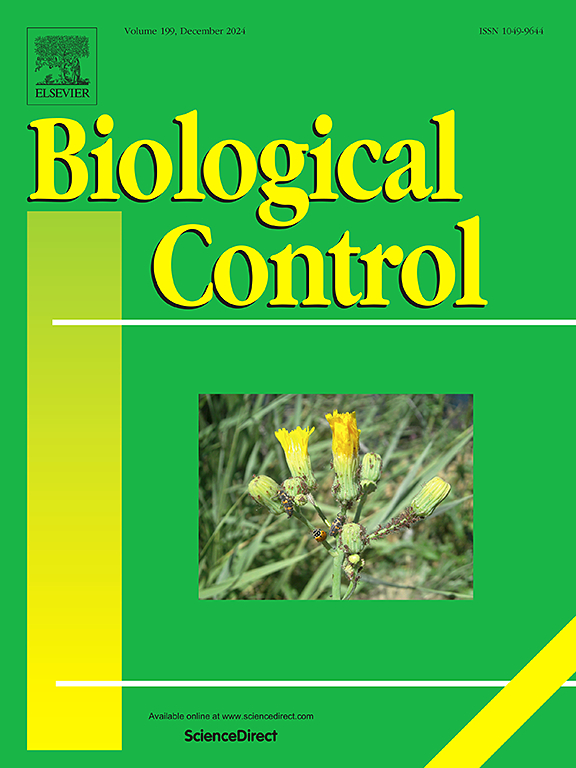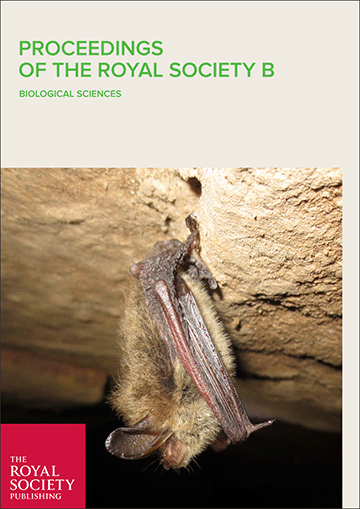Habitat fragmentation is considered a threat to biodiversity conservation. Uluguru forest block, a section of the Eastern Arc Mountains in Tanzania remains highly vulnerable to fragmentation. However, to date, fragmentation effects on species abundance and diversity have not been investigated. This study aimed at investigating effects of fragmentation on species abundance and diversity in Uluguru forest block, Morogoro region, Tanzania. A RapidEye satellite image was analyzed using the maximum likelihood classifier (MLC) to map the fragmented forest. Remotely sensed variables with data on species diversity were modelled using the Generic Algorithm for Rule-Set Prediction (GARP) algorithm while fragmentation parameters were extracted using Fragstats software, which were then linked to species and edaphic factors. Results showed that species diversity was predicted better with customized environmental variables which recorded an Area Under Curve (AUC) of 0.89. The Poisson regression results showed that individual tree species responded differently to patch area dynamics, habitat status and soil nitrogen. Generally, the abundance of dominant species like Mytenus undata Thunb (p < 0.001), Zenkerella capparidacea (Taub.) J. Leon (p < 0.001) and Oxyanthus specious DC. (p = 0.023) decreased with a reduction in patch area. The present study suggests the need to integrate comprehensive plans and other intervention measures into long-term intervention initiatives.
DOI:
https://doi.org/10.15666/aeer/1302_307324
Altmetric score:
Dimensions Citation Count:
























